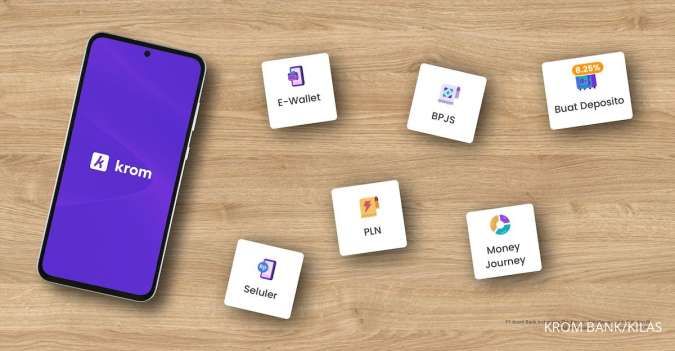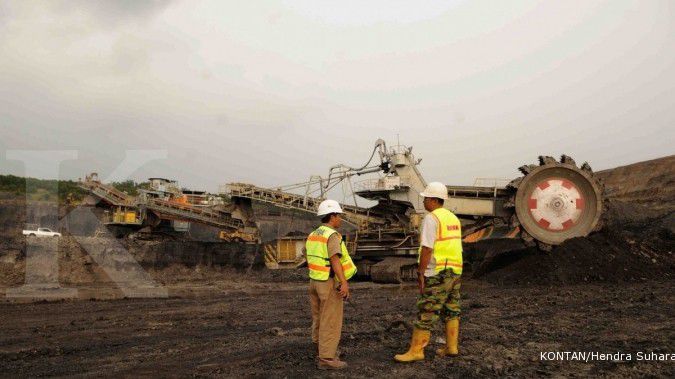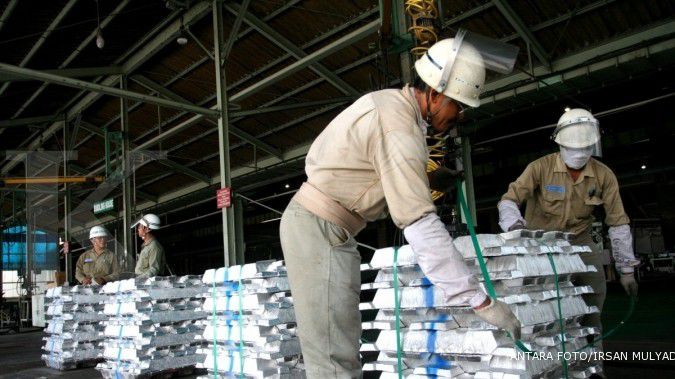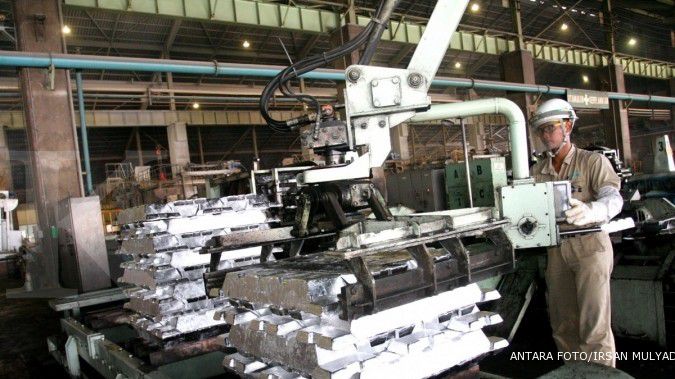MEDAN. PT Indonesia Asahan Aluminium (Inalum) saw its sales slide by 10 percent in the first quarter this year compared with the same period last year, partly because of a slump in global commodity prices. PT Inalum President Director Winardi Sunoto said because of the sales decline, his company had decided to stop exporting the commodity this year, as the premium price in the global market has been decreasing significantly during the past two months. The premium price in March and April this year plunged to US$250 per ton, compared with last year’s price in the corresponding period of $400 per ton. “Consequently, we did not export our product in the first quarter this year and that partly contributes to the 10 percent decrease in our sales,” Winardi told The Jakarta Post, adding that the company was in wait-and-see mode pending a more stable price. PT Inalum normally exports 8,000 tons of aluminum on a quarterly basis. Meanwhile, the increase of the premium price did not affect the domestic market, through which the company supplies 17,000 tons of aluminum per month, Winardi added. “Inalum will be producing aluminum derivatives in order to offset the falling prices,” he said. In addition, Inalum has also taken several measures to boost its products, including by using PT Asahan Aluminium Alloys’ (A3) facility, which is located near its smelter in Kuala Tanjung, and by approaching some auto makers to look into possible partnerships over product usage. “Around 75 percent of our aluminum ingots are to be processed into derivative products, such as billets, alloy, auto parts and cable,” he said. According to Winardi, Inalum targets to boost its production capacity to 300,000 tons this year from its current 260,000 tons and to 500,000 tons by 2020. He admitted that the increase in production capacity would require an extra power plant to supply more energy. “[For that reason], Inalum plans to build a new steam-driven power plant (PLTU) and a new smelter supported by a new technology,” Winardi said without further elaboration. However, he said, “The plant will not only cater to Inalum’s electricity needs, but it will also supply power to industrial and residential areas in North Sumatra.” Winardi said the company would partner with PT Batubara Bukit Asam to conduct a feasibility study on the new plant. Winardi added that Inalum had recorded positive performance following the government’s takeover late in 2013. “We have transferred dividends worth $10 million for part of 2013 and interim dividends that equal $90 million for the 2014 fiscal year to the government,” he said. The Indonesian government took over Inalum from Nippon Asahan Aluminium (NAA), a consortium of 12 Japanese firms, following the expiration of their 30-year contract. Nippon owned 58.88 percent of shares in Inalum. Before the takeover, Inalum, which operated the only aluminum smelter in Southeast Asia, shipped 60 percent of its total output to Japan. The remaining portion was sold to domestic buyers who also had rely on imports to meet their high demands. Separately, Inalum’s development and business director Harmon Yunas said that the domestic market contributed the most to the company’s revenues. “Most of our aluminum products have gone to the domestic market since we became a stated-owned company,” he said, citing that the biggest market areas were Jakarta, Surabaya and Medan. (Apriadi Gunawan)
Inalum sees sales decline in first quarter
MEDAN. PT Indonesia Asahan Aluminium (Inalum) saw its sales slide by 10 percent in the first quarter this year compared with the same period last year, partly because of a slump in global commodity prices. PT Inalum President Director Winardi Sunoto said because of the sales decline, his company had decided to stop exporting the commodity this year, as the premium price in the global market has been decreasing significantly during the past two months. The premium price in March and April this year plunged to US$250 per ton, compared with last year’s price in the corresponding period of $400 per ton. “Consequently, we did not export our product in the first quarter this year and that partly contributes to the 10 percent decrease in our sales,” Winardi told The Jakarta Post, adding that the company was in wait-and-see mode pending a more stable price. PT Inalum normally exports 8,000 tons of aluminum on a quarterly basis. Meanwhile, the increase of the premium price did not affect the domestic market, through which the company supplies 17,000 tons of aluminum per month, Winardi added. “Inalum will be producing aluminum derivatives in order to offset the falling prices,” he said. In addition, Inalum has also taken several measures to boost its products, including by using PT Asahan Aluminium Alloys’ (A3) facility, which is located near its smelter in Kuala Tanjung, and by approaching some auto makers to look into possible partnerships over product usage. “Around 75 percent of our aluminum ingots are to be processed into derivative products, such as billets, alloy, auto parts and cable,” he said. According to Winardi, Inalum targets to boost its production capacity to 300,000 tons this year from its current 260,000 tons and to 500,000 tons by 2020. He admitted that the increase in production capacity would require an extra power plant to supply more energy. “[For that reason], Inalum plans to build a new steam-driven power plant (PLTU) and a new smelter supported by a new technology,” Winardi said without further elaboration. However, he said, “The plant will not only cater to Inalum’s electricity needs, but it will also supply power to industrial and residential areas in North Sumatra.” Winardi said the company would partner with PT Batubara Bukit Asam to conduct a feasibility study on the new plant. Winardi added that Inalum had recorded positive performance following the government’s takeover late in 2013. “We have transferred dividends worth $10 million for part of 2013 and interim dividends that equal $90 million for the 2014 fiscal year to the government,” he said. The Indonesian government took over Inalum from Nippon Asahan Aluminium (NAA), a consortium of 12 Japanese firms, following the expiration of their 30-year contract. Nippon owned 58.88 percent of shares in Inalum. Before the takeover, Inalum, which operated the only aluminum smelter in Southeast Asia, shipped 60 percent of its total output to Japan. The remaining portion was sold to domestic buyers who also had rely on imports to meet their high demands. Separately, Inalum’s development and business director Harmon Yunas said that the domestic market contributed the most to the company’s revenues. “Most of our aluminum products have gone to the domestic market since we became a stated-owned company,” he said, citing that the biggest market areas were Jakarta, Surabaya and Medan. (Apriadi Gunawan)





